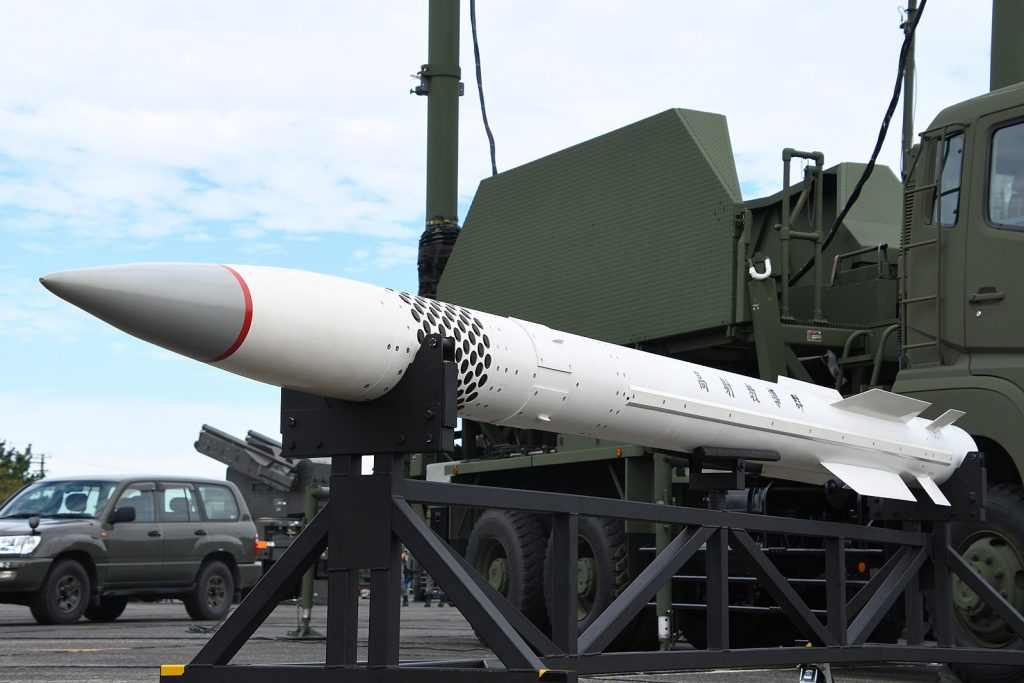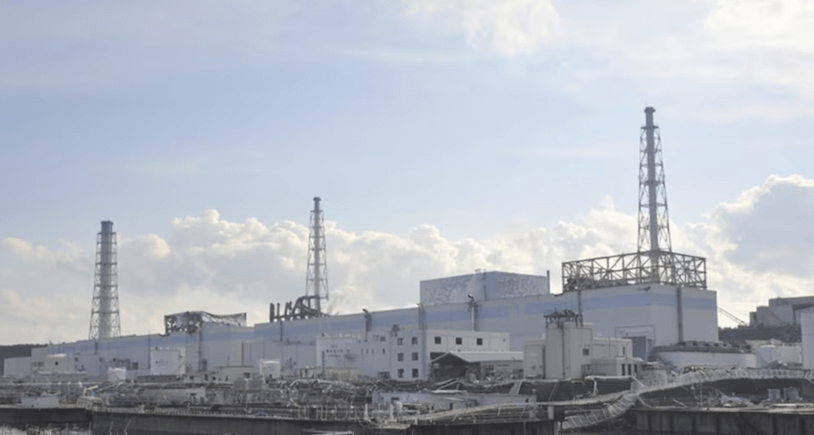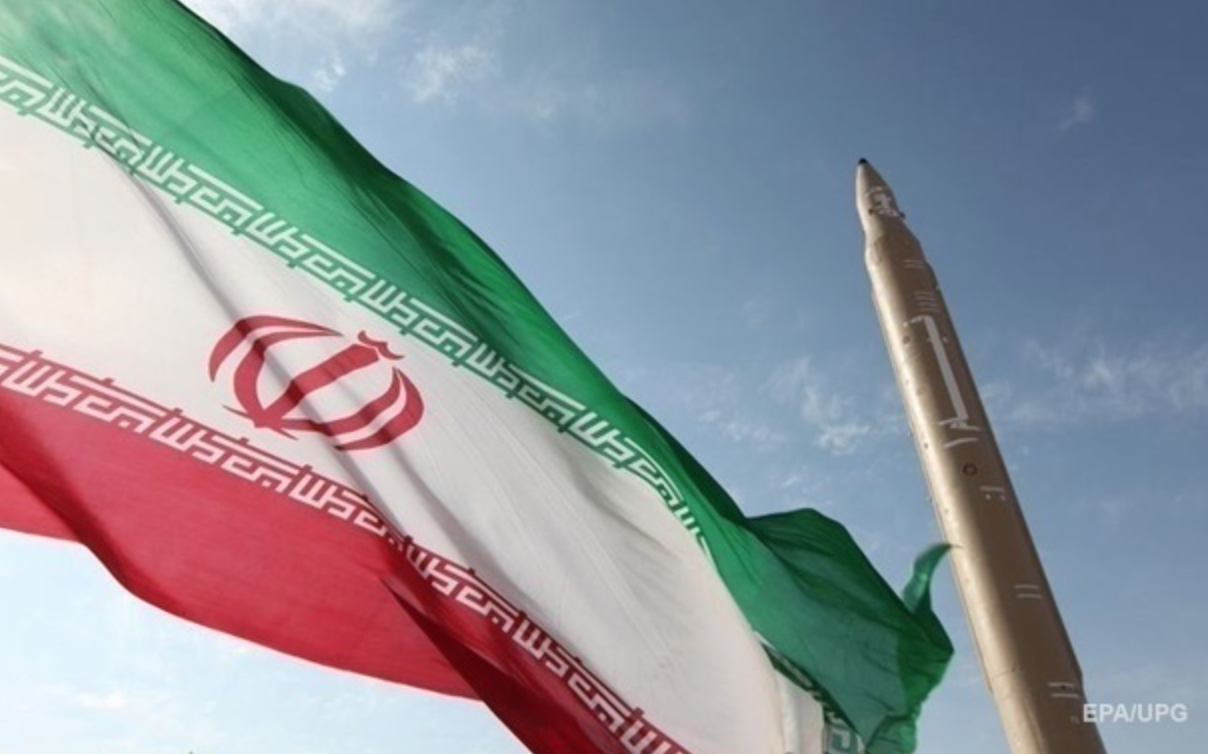PAC-3 MSE missile. Photo: mil.in.ua.
In response to the increased global demand for advanced missile defence systems, Lockheed Martin has announced the expansion of production of PAC-3 MSE missiles for the Patriot system. According to the company, production capacity increased by more than 30% in 2024 and is expected to grow by another 20% by the end of 2025. This will increase the annual volume to 600 units, exceeding the initial target of 550 missiles by mid-2025. Lockheed Martin says its production base is ready to work ahead of the curve to meet global defence needs, TimeUkraineIsrael portal reports with reference to Newsyou.Info.
Expansion of Lockheed Martin’s production capacity in response to growing demand
Lockheed Martin continues to increase its production capacity, including the opening of new facilities, including an 85,000 square foot plant in Camden, Arkansas. These measures ensure the ability to achieve contracted rates of 550 missiles per year by mid-2025, with further growth to 650 by mid-2027. The strategic development of production is supported by a $4.5 billion contract with the US Army, which includes the supply of 870 PAC-3 MSE missiles and related equipment. The US Navy is also exploring the possibility of integrating these missiles on its ships to counter modern threats, including China’s hypersonic weapons.
Technological advantages of the upgraded PAC-3 MSE
The PAC-3 MSE is an important link in the Patriot system, equipped with a twin-pulse rocket engine, enlarged wings, and advanced thermal batteries. This allows for a significant increase in range and altitude, providing protection against ballistic, cruise, hypersonic missiles and aircraft. The PAC-3 MSE missile is also compatible with existing Patriot launchers, making it adaptable to the operational requirements of various armies around the world.
Important achievements of the PAC-3 MSE programme and testing of new configurations
Lockheed Martin recently celebrated the production of its 2,000th PAC-3 MSE missile with a successful test at White Sands Proving Grounds, New Mexico, where the missile intercepted a cruise missile in a virtual environment using the Aegis system and the MK-70 containerised launch platform. This test was an important step in improving the integration of the PAC-3 MSE with other defence systems, enhancing its versatility in global defence strategies.
Looking to the Future: A Strategy to Strengthen the Defence Capabilities of the United States and Allies
US Deputy Secretary of Defence William A. LaPlante stressed the importance of doubling the production of the PAC-3 MSE, pointing out the high costs involved in this process. The contract with Lockheed Martin puts this goal into practice, while supporting strategic measures to improve defence capability.

















